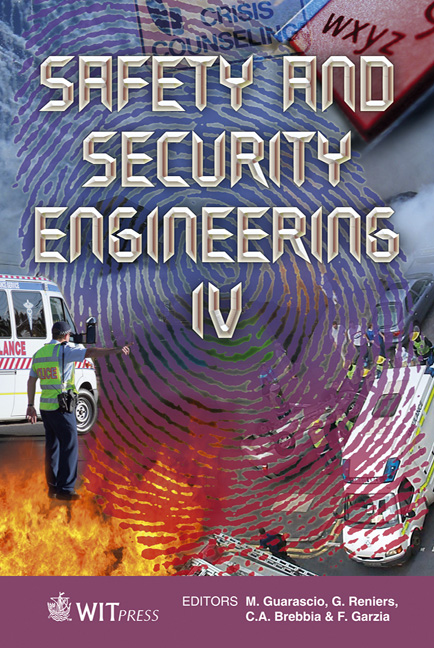A Parsimonious Model For The Safety Assessment Of Horizontal Curves Using Data From Rural Roads
Price
Free (open access)
Transaction
Volume
117
Pages
14
Page Range
35 - 48
Published
2011
Size
643 kb
Paper DOI
10.2495/SAFE110041
Copyright
WIT Press
Author(s)
E. Matsoukis
Abstract
The safety of a horizontal curve (by means of accident frequency and degree of severity) is examined in this paper by features internal and external to it; both of these characteristics affect the driver attitude and the curve approach speed. Based on a review of the available literature on the subject, first the relationship between accident rate and some of the most important curve characteristics is examined. Then data from rural highways in Greece is used to investigate the relationship between accident rate and degree of curve or the curve radius. The flexible family of Gamma distributions is selected for this analysis and models using a special form of it (the shifted negative exponential distribution) are defined. The estimated functional forms are presented in conjunction with those from the literature and conclusions are drawn. Keywords: horizontal alignment, horizontal curves safety, rural roads, road geometric characteristics. 1 Introduction Highway engineering includes an explicit trade-off between the improvement of the speed and throughput of highways and maintaining safe operating levels. The safe and efficient movement of traffic is greatly influenced by the geometric features of the highway. Accident trend analyses often lead to the observation that accidents tend to cluster in specific spots, including intersections and curves. Understanding the reasons that determine the safety level is instrumental in improving road safety.
Keywords
horizontal alignment, horizontal curves safety, rural roads, road geometric characteristics





